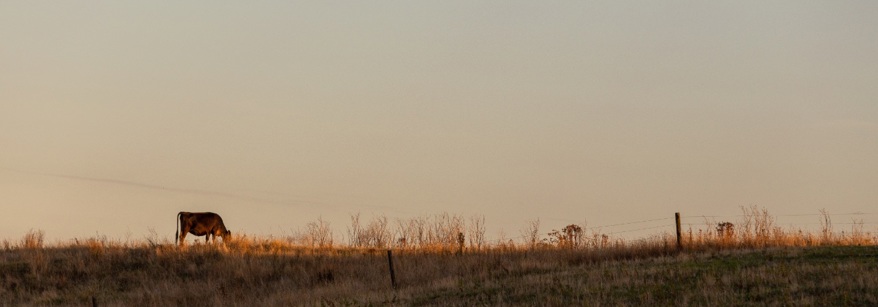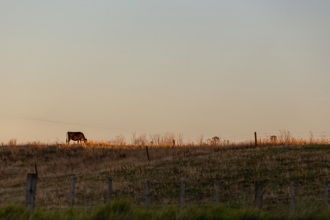Stock crossings
Stock can cross lakes and rivers if they are supervised and actively driven across the waterbody. Stock cannot cross the same lake or river more than twice in any month.
Where stock will be crossing a river or lake more than twice in any month, a dedicated bridge or culvert must be installed.
Fencing types and existing fences
You do not have to put in new fences to exclude stock from a lake or wide river if, at 3 September 2020, you have a permanent fence. A permanent fence is defined as a post and batten fence with driven or dug fence posts, an electric fence with at least two electrified wires and driven or dug fence posts, or a deer fence.
Who must comply?
The regulations apply to any person that owns or controls deer, pigs, dairy-support cattle, dairy cattle and beef cattle. Sheep are not subject to the requirements.
Bay of Plenty’s Regional Natural Resources Plan stock exclusion rules
Generally these national stock exclusion regulations will prevail over any existing Bay of Plenty Regional Natural Resources Plan stock exclusion rules, and in any case, the more stringent applies.
If you have a situation where stock access a waterbody on your property, then in addition to the Stock Exclusion Regulations above, please also familiarise yourself with the Natural Resources Plan (NRP) rules and conditions.
Please note: Rule BW R39 (Rule 8) of the NRP Prohibits stock access to any bed of the Rotorua Lakes or any stream, or river classified as Natural State (River) in the Bay of Plenty. The definition of a Natural State River is:
| |
Water Quality Classification |
Criteria |
Explanation |
| (a) |
Natural State (River) |
Rivers and streams that are under indigenous forest cover, and in upper catchment areas, and in public tenure (i.e. owned or managed by the Department of Conservation or city and district councils). |
Natural State (River) does not apply in areas under indigenous forest cover, but where there is a different land use upstream of the indigenous forest. |
Other definitions
- Wide River: A river (as defined in the RMA) with a bed that is wider than 1 metre anywhere in a land parcel.
- River: A continually or intermittently flowing body of fresh water; and includes a stream and modified watercourse; but does not include any artificial watercourse (including an irrigation canal, water supply race, canal for the supply of water for electricity power generation, and farm drainage canal).
- Natural wetland: A wetland that is NOT the following:
1. A wetland constructed by artificial means (unless it was constructed to offset impacts on, or restore, and existing or former natural wetland); or
2. A geothermal wetland; or
3. Any area of improved pasture that, at 3 September 2020, has more than 50 percent of exotic pasture species and is subject to temporary rain-derived water ponding.
- Lake: A body of fresh water which is entirely or nearly entirely surrounded by land.
Questions?
If you have any questions about the new Essential Freshwater regulations for stock exclusion, please contact us.


